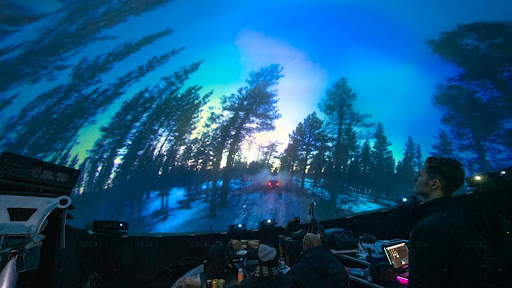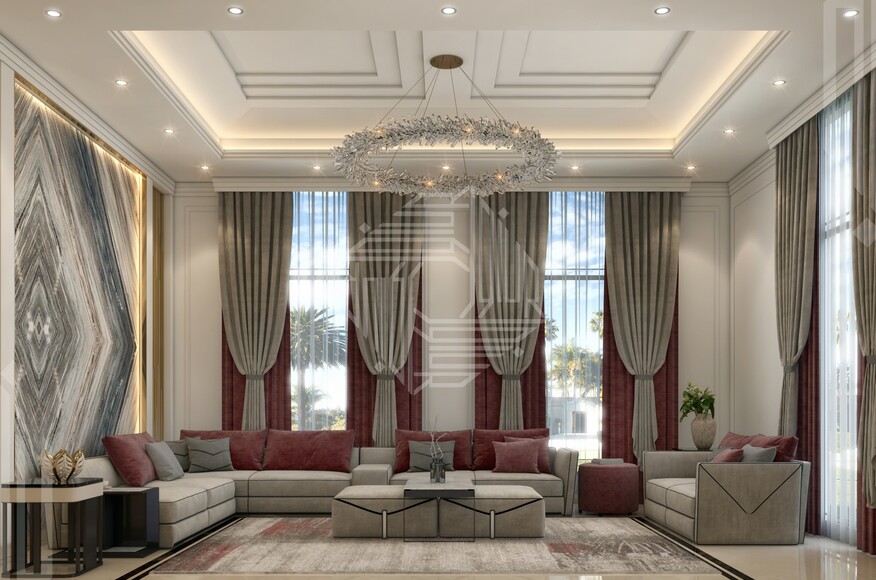In recent years, the event industry has witnessed a remarkable transformation with the emergence of cutting-edge technologies. One such innovation that is revolutionizing the way we experience events is virtual domes. These immersive structures offer a unique blend of virtual reality (VR) and physical spaces, providing attendees with unforgettable and dynamic experiences. In this blog post, we will explore how virtual domes are shaping the event industry and revolutionizing the way we engage with various events.
1.Creating Immersive Environments:
Virtual domes are constructed using advanced projection technology, providing a fully immersive environment that transports attendees to different worlds. The domes act as massive screens, enabling organizers to project high-definition visuals, 360-degree videos, and interactive content. Whether it’s a music concert, corporate conference, or educational seminar, virtual domes offer an unparalleled level of engagement by surrounding participants with visually stunning and captivating displays.
2.Enhancing Virtual Reality Experiences:
Virtual reality has gained significant popularity in recent years, and virtual domes take this technology to the next level. By combining VR headsets with dome projections, attendees can experience a heightened sense of presence and immersion. Imagine attending a sporting event where you can virtually stand on the field or exploring historical landmarks from the comfort of a dome. Virtual domes allow for unlimited possibilities, making the virtual reality experience more accessible, inclusive, and exciting for event attendees.
3.Enabling Large-Scale Events:
Traditional venues often pose limitations on event capacity, but virtual domes offer a solution by facilitating large-scale gatherings. These domes can be customized to accommodate hundreds or even thousands of people, providing a shared experience for a diverse audience. By breaking free from physical constraints, event organizers can attract more participants, foster a sense of community, and expand the reach of their events to a global scale.
4.Fostering Interactivity and Participation:
Virtual domes are not only about passive consumption; they also promote active participation and interactivity. Attendees can engage with the content by using motion-tracking technology or handheld devices. For example, during a music concert, participants can join in virtual dances or interact with virtual objects projected within the dome. This level of interactivity enhances the overall experience, making events more memorable, engaging, and participatory.

5.Expanding Access and Inclusivity:
Physical limitations, such as venue capacity or geographical constraints, can exclude certain individuals from attending events. Virtual domes address this issue by extending access to people who may otherwise be unable to participate. Virtual events can be live-streamed to various locations, allowing remote attendees to experience the event as if they were physically present. Additionally, virtual domes can cater to individuals with disabilities, providing an inclusive environment where everyone can engage and enjoy the event.
Conclusion:
Virtual domes represent a groundbreaking innovation that is reshaping the event industry. These immersive structures are revolutionizing how we experience events by creating immersive environments, enhancing virtual reality experiences, facilitating large-scale gatherings, fostering interactivity, reducing environmental impact, and expanding access and inclusivity. As technology continues to evolve, virtual domes have the potential to transform the event landscape, offering endless possibilities for event organizers and attendees alike. The future of events is here and it’s inside the dome.
James Martin is a passionate writer and the founder of OnTimeMagazines & EastLifePro. He loves to write principally about technology trends. He loves to share his opinion on what’s happening in tech around the world.



